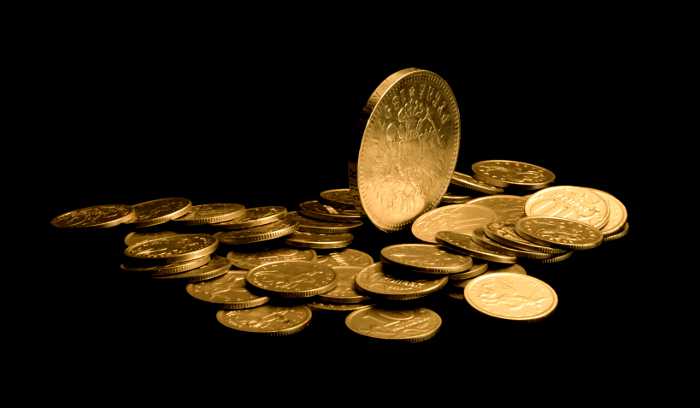FWP:
ABOUT gul khaanaa : Faruqi points out that lovers used to show the depth of their passion by using a heated ring-- or a coin (see the definition above)-- to make wounds on their hands. Ghalib doesn't very often invoke this idea explicitly, but it often could be latent in imagery about roses and wounds, as in the present verse. Compare also {81,9x}, in which the use of daa;G honaa also may evoke this practice. Mir uses the expression more directly: see M{1341,1} for further discussion, along with Mirian examples.
Poor people plume themselves on the memory of the gold they no longer have. The speaker is a 'rose'-seller/displayer of the mischievousness/coquetry of long-ago wounds now/still. (On the clever doubleness of hanuuz , both senses of which create excellent word-play with 'ancient', see {3,4}.)
So there's a kind of triangular affinity of imagery, among gold pieces, roses, and wounds. Among their common traits are: (1) valuableness, eye-catchingness, desirability (wounds are part of the true lover's indispensable equipment); (2) roundness of shape (if the wound is thought of as resembling a fiery burn-mark or 'brand'); (3) brilliance of color (wounds are full of radiant blood); (4) transitoriness (wounds either kill, or become cured; roses die; gold is spent or lost).
There are also more complex interconnections: brilliant round gold pieces can be used to buy brilliant round roses. Gold pieces can also be sources of coquettish pride, as can wounds, even in retrospect-- or perhaps especially in retrospect: there's always the great fisherman's boast about 'the one that got away', and 'mischievousness' [sho;xii] as well as 'coquetry' [naaz] would seem to hint in this direction. Both gold and wounds may be offered as currency to buy roses, among whom the beloved is of course the supreme Rose.
As to whether old wounds and scars still work as currency,
Faruqi makes it clear that they may be shown or
exhibited, rather than 'sold' in any vulgar or commercial sense. But even
selling needn't be unworthy: consider its emotionally-framed use in {60,7}. Lost gold pieces are 'gone from the hand'-- and round red burns were sometimes made by lovers with coins, on their hands (see the discussion of gul khaanaa above).

Nazm:
That is, if I don't now have the wound of passion, then I constantly speak about it. He's given for 'wound' the simile of a gold piece, and for the decline of passion, lost wealth. (66)
== Nazm page 66